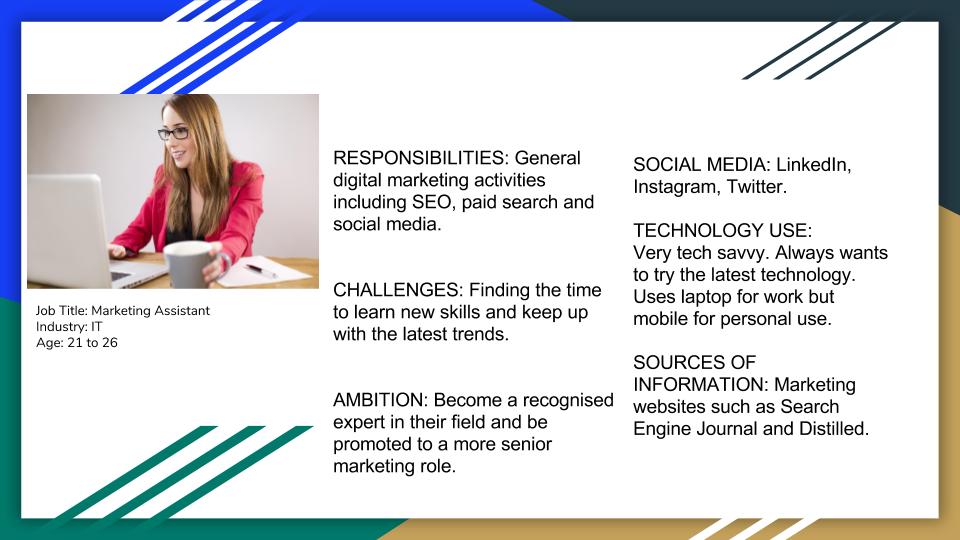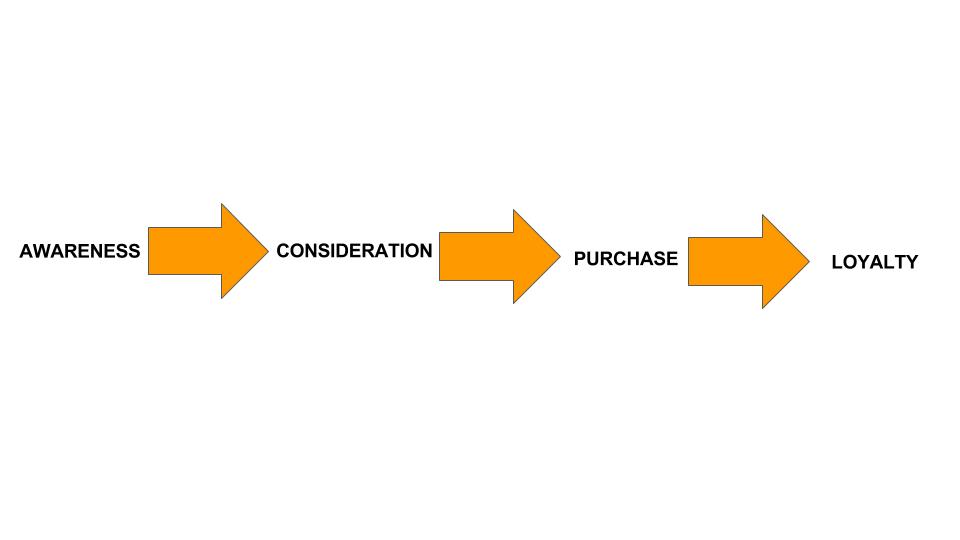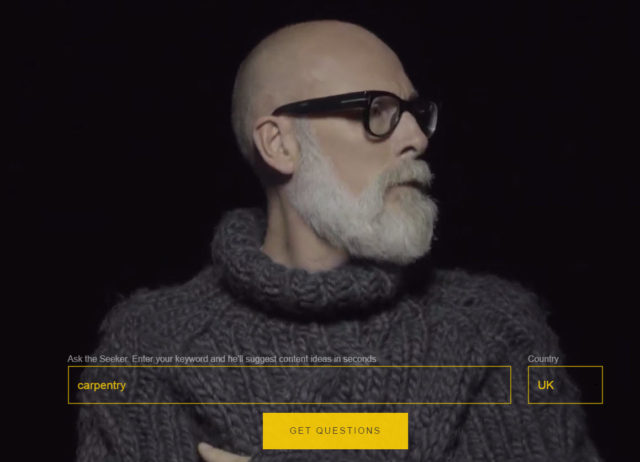They may only have a vague notion of who their customers are, based on generalities like demographic information, rather than their precise needs. If you really want to create content that will help you meet your business goals, then you need to start by identifying your key buyer personas. This means going beyond generic information and drilling down to specifics about your buyers, so you can create content that targets them precisely.
For example, if you sell cars it is no good simply knowing whether you are likely to be selling to men or women. You also need to know details like whether your target customer is a car enthusiast, or if they are simply after a reliable vehicle. If your typical customer simply wants a car they can depend on but you are creating content for car aficionados then you are wasting your time.
What Is a Buyer Persona?
A buyer persona outlines the main traits held by a group of your customers. These traits need to apply to a sufficiently large group of potential buyers and shouldn’t focus on details that are only true for a handful of people.
A persona may include the following details about a buyer:
- Job title
- Industry they work in
- Work responsibilities
- Motivation
- Challenges
- Ambitions
- Worries
- Interests
- Income
- Spending habits
- Personality traits
- Favourite brands
- How tech savvy they are
- Social media sites they use
- How much free time they have
- What their typical day looks like
- Where they get their information from
The details you include are likely to depend on your particular business. For example, someone’s work life may be more relevant to a B2B persona, while a B2C persona may focus more on their home life.
Either way, the aim is to know them on a personal level and not just in relation to your products. Knowing your customers well will help you empathise with their needs, so you’ll be more likely to create content that resonates with them. It’s also a good idea to give each persona a name and find a picture to represent them, so you’ll always have in mind that you are writing for a real person.

Gathering Information on Your Personas
There are several ways you can gather information on personas. A good place to start is by speaking to employees who interact with your customers regularly and therefore know them well, like your sales or customer services team members. You could hold a workshop where everyone contributes their ideas with the aim of reaching a consensus on who your key personas are.
You can also use information from your customer relationship management database to validate your ideas. Even better, interview your real customers.
Mapping Your Buyer’s Journey
Once your have identified your key personas, it is a good idea to go through the key buyers’ journeys they are each likely to go through when buying from you.
A typical buyer’s journey has the following phases:
- Awareness – when they first become aware they have a problem which needs solving
- Consideration – when they start looking at their options to solve the problem
- Decision – when they choose their solution
- Loyalty – when they become a repeat customer

As you go through each phase of the buyer’s journey, ask questions such as:
- What triggers them to enter and leave each phase?
- What are the main obstacles they come across at each phase?
- What questions do they ask?
- What doubts or concerns do they have?
Prioritising Your Personas
Once you’ve created your key personas it’s tempting to try and create content for all of them but this isn’t the best approach. It will make it hard to cater effectively for any single persona because you’ll simply dilute your efforts.
Creating content for several different personas also makes it harder for the people you are targeting to realise you are catering for them. You want people to know what type of content to expect when they land on your site and more importantly that they will find something relevant to them. This will make them more likely to come back for more.
How many personas you cater for depends on the size and scope of your business. Bigger businesses may be more capable of catering for more than one persona but even they have to prioritise their personas.
To help you decide which persona to cater for, ask yourself questions such as:
- Which of your personas can you best provide for?
- Which one can best help you achieve your goals?
- Which of your personas will have the time to read your content?
You can then come up with a list of content ideas that takes into consideration information such as:
- What topics interest your personas
- What questions they tend to ask
- The level of knowledge they already have
- What they’d find helpful
- Your business goals

Catering Content to Your Buyer’s Journey
Once you’ve chosen which persona to focus on, you can then create content that helps drive them through the buyer’s journey by addressing their concerns.
You may find you are struggling at one phase in particular, so you could choose to concentrate most of your efforts on that stage. For example, B2B buyers or those making more expensive purchases, tend to spend longer in the consideration phase so you are likely to need more content for this phase.
Here are some examples of the types of content you could create for each phase:
- Awareness – At this stage, it is not yet time to talk about your products because buyers are not ready to commit to a purchase. They are still gathering information. Aim to answer their questions in a simple but engaging way. You could create content like infographics, blog posts or research-based reports.
- Consideration – Now the buyer has fully understood the problem they’ll be ready to start comparing various solutions. Checklists and buyers guides are useful at this stage. For more complex or expensive products or services, you could even invest in creating ebooks.
- Decision – Once the buyer is ready to commit to a purchase, you need convince them that your brand is the best choice for them. Case studies, testimonials and reviews can all help persuade buyers to choose your brand. Your content for this stage needs to clearly spell out the benefits of your products.
- Loyalty – Now you’ve convinced them to buy from you, you can work on getting repeat sales and gaining their long term loyalty. The best way to do this is to continually offer them valuable content. For example, you could create how-to guides to help them get the most from your products. You could ask them to sign up to your newsletter, where you can then send them promotions.



